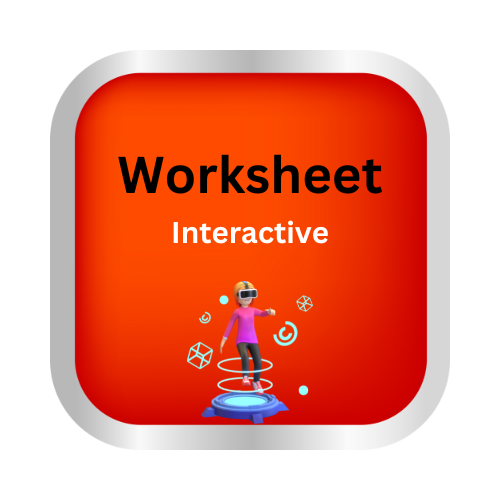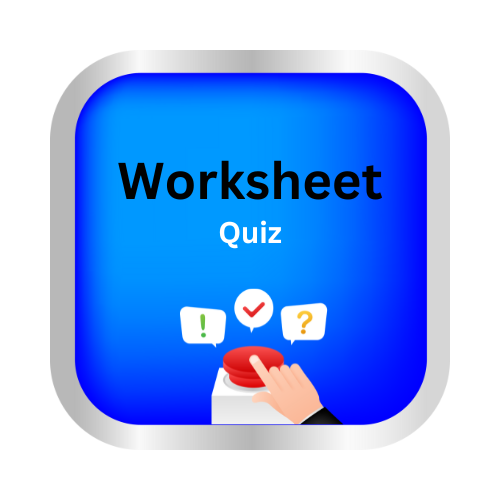Use thesaurus entries
9th Class – V.4 Use Thesaurus Entries by Delta publications
Key Notes :
| What is a Thesaurus Entry? |
A thesaurus is a valuable tool for writers. It’s a book (or online resource) that lists words grouped together according to similarity of meaning (in other words, containing synonyms and sometimes antonyms). A thesaurus entry focuses on a specific word and provides a range of related words to help you enhance your writing and vocabulary.
| Parts of a Thesaurus Entry |
Let’s break down the typical components you’ll find in a thesaurus entry:
- Main Word (Headword): This is the word the entry is about. It’s the word you looked up.
- Synonyms: Words that have similar meanings to the main word. These are the primary reason you’d consult a thesaurus.
- Antonyms: Words that have opposite meanings to the main word. Not all entries include antonyms, but they can be very useful.
- Part of Speech: Indicates whether the word is a noun, verb, adjective, adverb, etc. This is crucial for using the synonym correctly.
- Definitions/Nuances: Brief explanations of the different shades of meaning for the main word and its synonyms. A thesaurus may provide short definitions to differentiate between subtly different synonyms.
- Example Sentences (Sometimes): Some thesauruses provide example sentences to illustrate how the main word and its synonyms can be used in context. This is extremely helpful!
- Cross-references: References to other related words or entries within the thesaurus.
| How to Use a Thesaurus |
Here’s a step-by-step guide:
- Identify the Word: Determine the word you want to replace or find alternatives for.
- Look it Up: Find the word in the thesaurus (either online or in a physical book).
- Read the Entry Carefully: Pay attention to the part of speech, definitions, and example sentences.
- Choose the Right Synonym: Select a synonym that fits the context of your sentence and conveys the intended meaning. Don’t just pick a word because it sounds fancy!
- Consider Antonyms: If you need a word with the opposite meaning, check if the entry provides antonyms.
- Double-Check: After substituting a word, reread your sentence to ensure it makes sense and sounds natural.
| Tips for Effective Thesaurus Use |
| Part of Speech is Key: Always make sure the synonym you choose is the same part of speech as the original word. Context Matters: The best synonym depends on the specific context of your sentence. Don’t Overuse: Using a thesaurus too much can make your writing sound unnatural or forced. | Example: Let’s say you want to replace the word “happy” in the sentence, “She was happy to receive the gift.” A thesaurus entry for “happy” might include synonyms like: joyful, delighted, pleased, cheerful, elated. Joyful and elated suggest a stronger sense of happiness than the original word. Pleased implies a mild contentment. Cheerful suggests a bright and optimistic disposition. Depending on the specific feeling you want to convey, you can choose the synonym that best fits. |
| Conclusion |
Using a thesaurus effectively is a valuable skill that can improve your vocabulary and make your writing more precise and engaging. Remember to consider the context, part of speech, and nuances of meaning when selecting synonyms and antonyms. Happy writing!
Let’s practice!
Pages: 1 2

